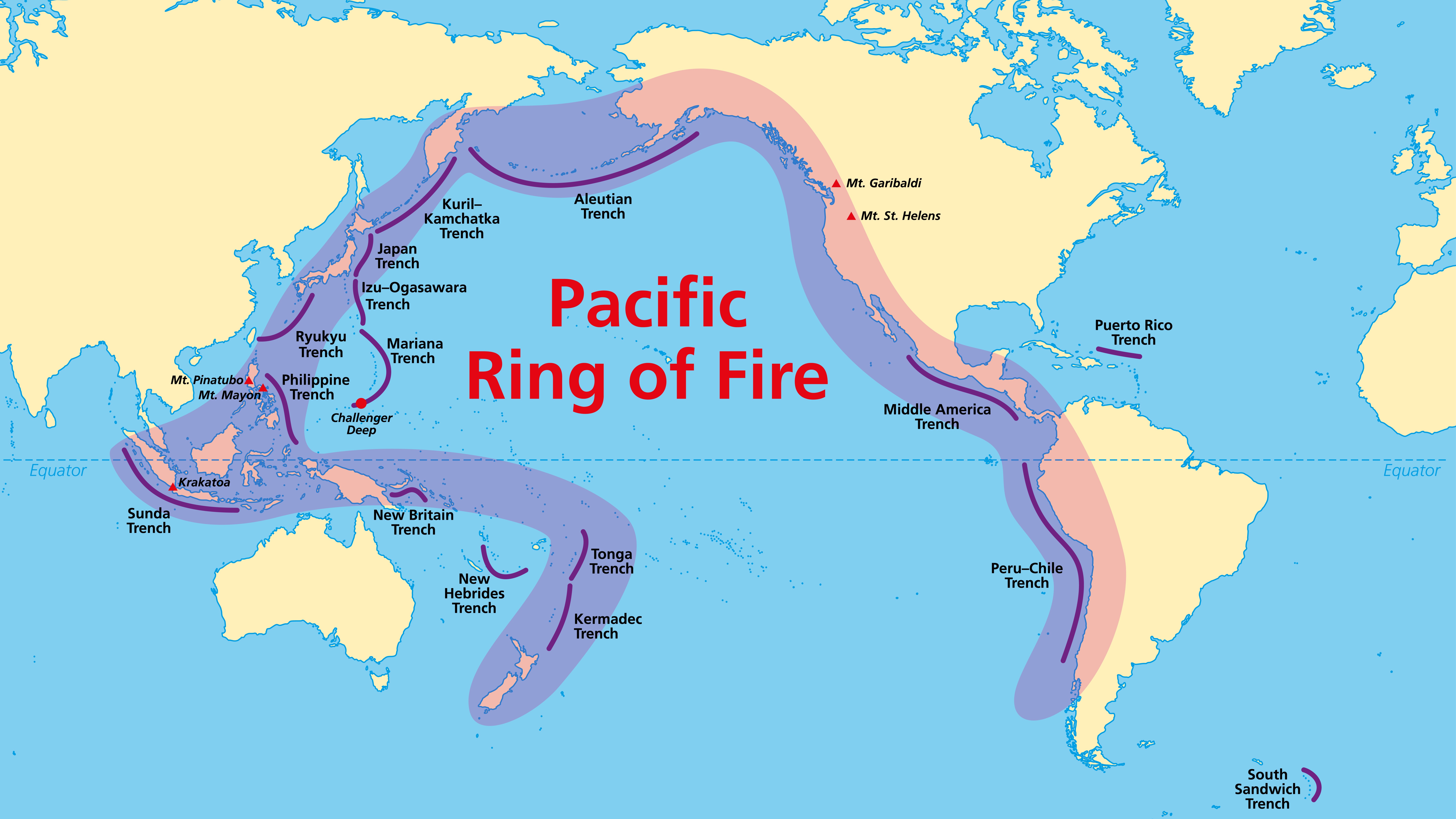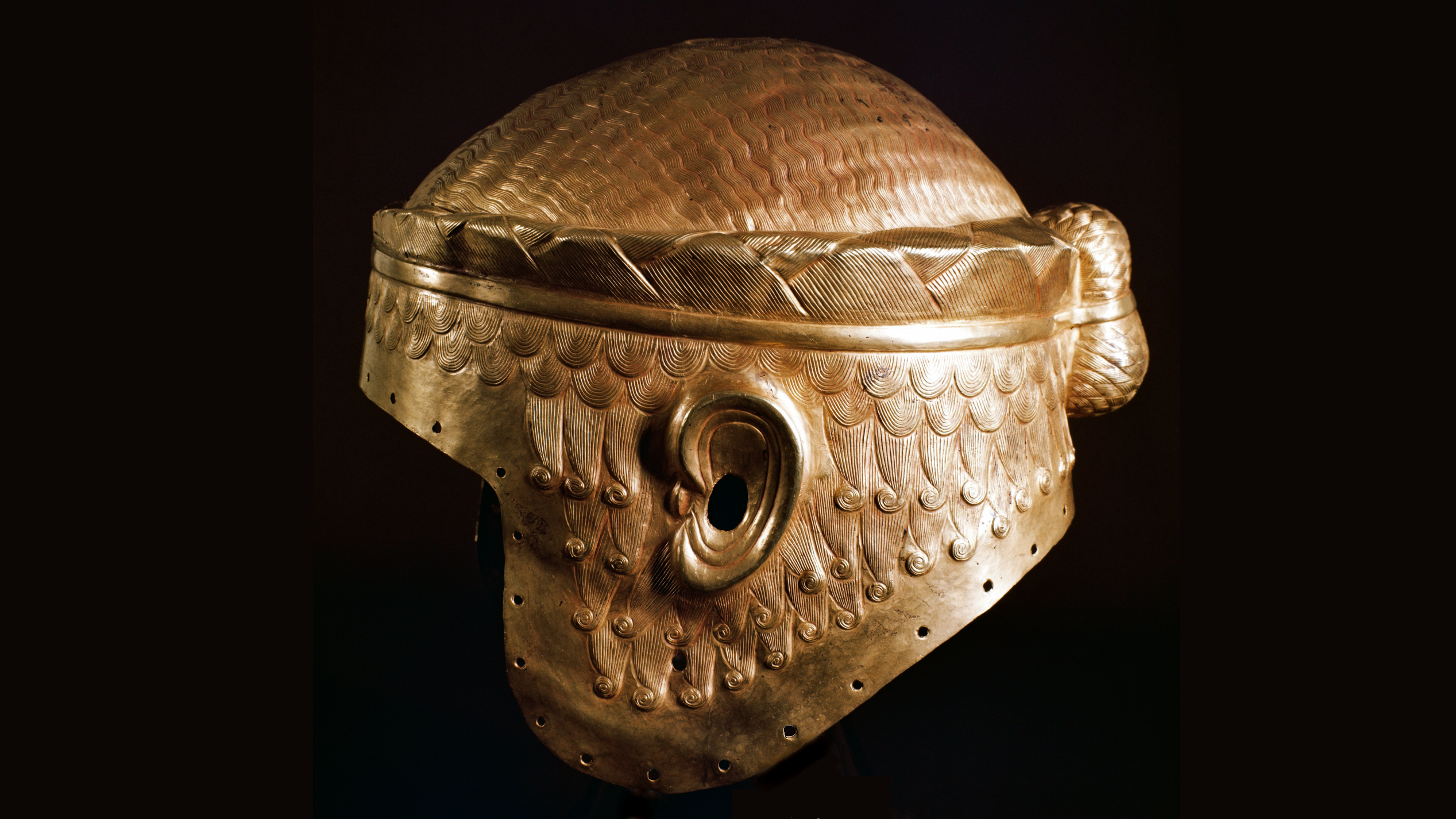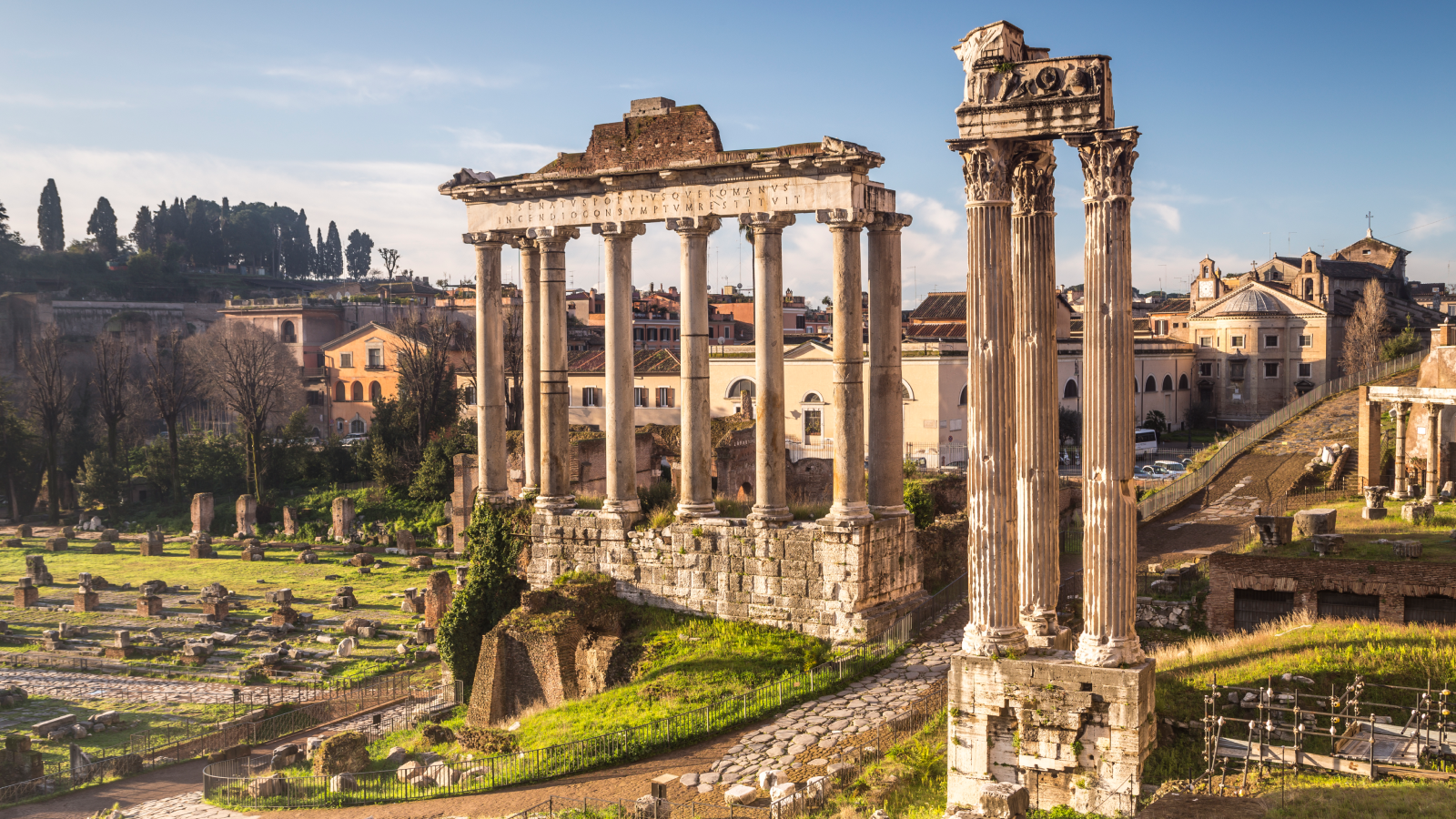The Ring of Fire is an enormous belt of active and dormant volcanoes that surrounds most of the Pacific Ocean. It runs from southern Chile, up the west coast of the Americas, through the islands off Alaska and down Japan to the Philippines. Some geologists also include an Indonesian chain of volcanoes in the ring.
These volcanoes arise because of subduction — the movement of a tectonic plate under a neighboring plate — which lowers the melting point of rock in the mantle. The rock turns to magma, rises to the surface and erupts as a volcano.
But the Ring of Fire does this subduction on a massive scale. “What’s special about the Ring of Fire is that multiple oceanic plates in the Pacific have subduction boundaries there,” Loÿc Vanderkluysen, a volcanologist at Drexel University in Philadelphia, told Live Science. About 90% of the 34,000 miles (55,000 kilometers) of subduction plate boundaries on Earth are found in the Pacific, Vanderkluysen explained.
This tectonic movement also causes earthquakes. When one plate is forced underneath another, “there’s lots of kicking and screaming as the plates grind against one another,” Jeffrey Karson, a professor emeritus of tectonics at Syracuse University in New York, told Live Science. “And so that’s where the biggest earthquakes on our planet take place.”
The Ring of Fire contains about 75% of Earth’s active volcanoes and is where 90% of measured earthquakes occur.
What’s in a name?
The name Ring of Fire is hotly contested among researchers. “Many scientists hate the term,” Vanderkluysen said. For one, it’s not actually a complete ring. The volcanoes follow the edges of tectonic plates, which only subduct on the north, east and west of the Pacific.
Also, some areas of the ring have no volcanism at all, such as Peru and central Chile.
In addition, the Ring of Fire includes more than 450 volcanoes in distinct regions. And they all differ in their magma production, storage and the positioning of their subducting plate, Vanderkluysen said.
“Each [volcano] has its own individual history and flavor that, from a research perspective, is more effective to study individually rather than trying to link all the Ring of Fire volcanoes together that are otherwise not geologically linked,” he said.
Related: Sleeping subduction zone could awaken and form a new ‘Ring of Fire’ that swallows the Atlantic Ocean
Some experts believe that the term has taken on a false meaning in popular culture, with the implication that it’s one big structure, Erik Klemetti, a volcanologist at Denison University in Granville, Ohio, told Live Science. “It works nicely as a way to describe the fact that there are an awful lot of volcanoes along the edge of the Pacific,” he said, but the ring is just “a geographic coincidence of our current moment on Earth.”
One big misconception is “the catastrophist notion that all volcanoes in the Ring of Fire are interconnected and that an eruption or earthquake in one location can trigger the whole region with dramatic consequences,” Vanderkluysen said. While it’s clear to scientists that an eruption in Japan will not trigger an eruption in Chile, for example, the term is sometimes used to suggest that it’s possible, he said.
“An immense natural laboratory for volcanism”
Research into the Ring of Fire spreads across many fields. About two-thirds of the volcanoes that have erupted on Earth since 1960 were in the ring, so “just due to sheer numbers, the Pacific region is an immense natural laboratory for volcanism, and explosive volcanism in particular,” Vanderkluysen said.
Volcanologists can use data from the ring to learn about the various eruptions that happen there. “Some are steady and erupt without massive build-ups, and others erupt sporadically but catastrophically,” Robert Butler, who studies plate tectonics at the University of Aberdeen, told Live Science in an email.
The different kinds of plate interactions in the Pacific serve as “test beds” for learning what leads to different types of eruptions, Klemetti explained.
Klemetti hopes Ring of Fire research will eventually reveal the inner workings of volcanoes that take place miles below sea level. In the next 10 or 20 years, he thinks scientists can learn about where and how magma is stored between eruptions, how long it takes for magma to heat up and understand more about the transition from dormancy to eruption.
Seismologists also study the Ring of Fire, as more than 80% of earthquakes with a magnitude of 8.0 or higher have occurred there. Researchers can investigate quakes in the Ring of Fire to learn more about how the stress builds up in subduction zones before powerful earthquakes, Butler said.
The vast amount of data helps scientists differentiate between types of extreme events and their causes. “It’s a general problem we need to sort in geology, the differences between frequent, not too serious events, and those that occur infrequently but are super-devastating,” Butler said.
Analyzing volcanoes and earthquakes in the Ring of Fire can help scientists to improve extreme hazard prediction for volcanic eruptions. Scientists estimate that 800 million people — about 10% of the world’s population — live within 62 miles (100 kilometers) of an active volcano. “In the future, there will be large volcanic eruptions that might happen close to population centers and might have impacts at the global scale,” Marc-Antoine Longpré, a volcanologist at CUNY Graduate Center, told Live Science.
Earthquakes in the ring, and resulting tsunamis, are also of great concern. Researchers could use earthquake data from the Ring of Fire to develop early warning systems or forecasting tools, Vanderkluysen said.
US volcano quiz: How many can you name in 10 minutes?
![Vanessa Kirby Confirms [Spoiler] Was Under the Cloak in ‘Fantastic Four’ Post-Credits Scene](https://www.usmagazine.com/wp-content/uploads/2025/07/BMN-14489_R-Vanessa-Kirby-Confirms-Doctor-Doom-Post-Credits-Scene.jpg?crop=635px%2C57px%2C1191px%2C625px&resize=1200%2C630&quality=86&strip=all)












